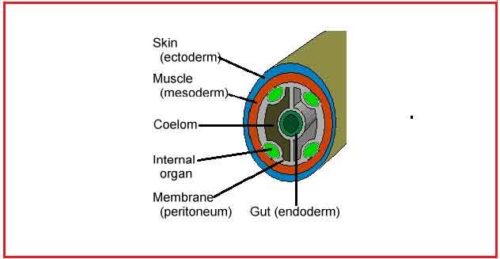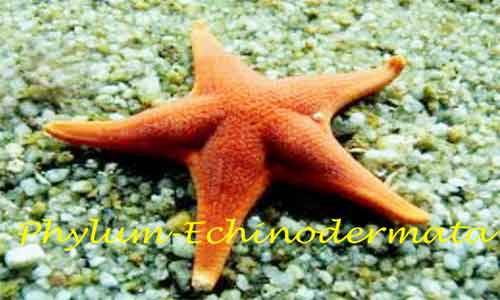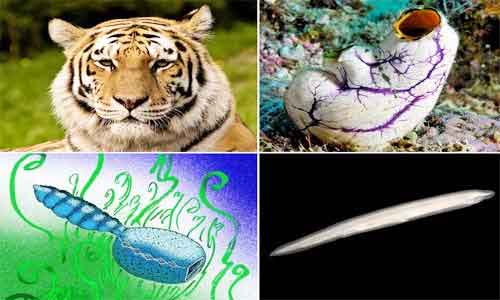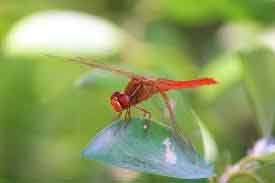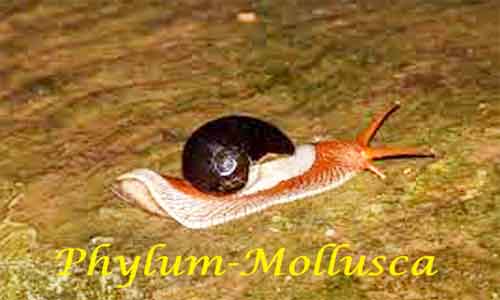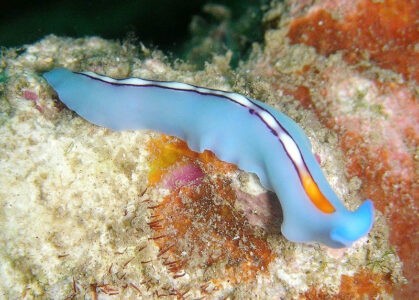Coelom Vs Pseudocoelom: Differences, Functions and Examples
The liquid filled cavity between alimentary canal and body wall of multicellular triploblastic animals is known as body cavity. Generally, the body cavity that is lined by mesodermal peritoneal membrane is known as coelom. According to Hyman (1955), coelom is the hollow space between alimentary canal and body wall which is lined by mesodermal peritoneal … Read more

